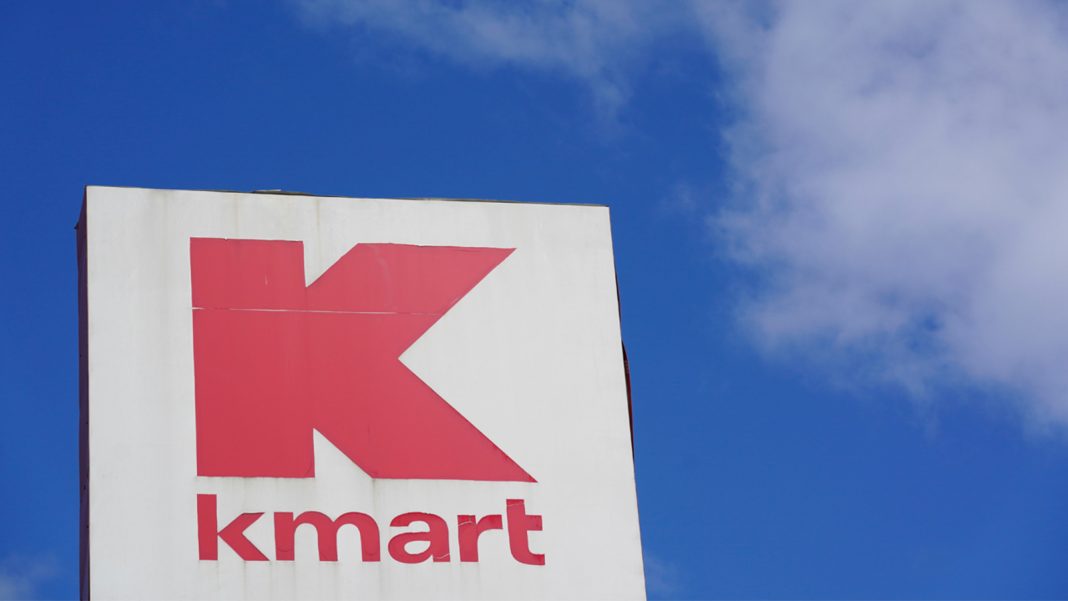In a bittersweet turn of events for retail history, Kmart is poised to close its last full-size store on the mainland United States, located in Bridgehampton, New York. This closure, scheduled for October 20, marks the end of an era for a brand that once stood as a titan in the discount retail sector. An employee confirmed the impending closure, though the store manager was unavailable for comment, and attempts to reach the corporate owner, Transformco, went unanswered.
While Kmart still operates a smaller convenience store in Miami and a few locations in Guam and the U.S. Virgin Islands, these outlets lack the comprehensive inventory that once characterized the chain. The Miami store does offer larger items like appliances, but the full spectrum of Kmart’s offerings is now a distant memory.
The impending closure of the Bridgehampton store is a poignant reminder of the fallout from the 2005 merger between Kmart and Sears, orchestrated by hedge fund executive Eddie Lampert. This $11 billion merger has often been scrutinized for its lack of foresight and investment in the retail operations themselves. Instead, Lampert’s strategy appeared to prioritize real estate and asset liquidation over revitalizing the struggling brands. This miscalculation ultimately culminated in Sears filing for bankruptcy in 2018, with Kmart following closely behind.
At the time of the merger, Kmart boasted approximately 1,400 stores while Sears had nearly 900 full-line locations across the U.S. However, the retail landscape was shifting dramatically. The rise of big box competitors like Walmart and Target, which offered a one-stop shopping experience complete with groceries, significantly eroded Kmart’s market position. The chain’s struggle to adapt to the burgeoning online shopping trend only exacerbated its decline. Despite a brief resurgence after emerging from bankruptcy—with 231 Sears and 191 Kmart stores left—most of these locations faced an uphill battle against more agile competitors. Today, only a handful of Sears stores remain, while Kmart stands on the precipice of extinction.
Reflecting on Kmart’s storied past brings us back to its origins. Founded in the late 19th century by Sebastian Spering Kresge, the first store was a five-and-dime in downtown Detroit. It wasn’t until 1962 that the Kmart brand was born, rapidly capturing a significant share of the discount retail market. Its iconic “blue light specials,” which captivated shoppers with spontaneous discounts, became a hallmark of the chain, creating a sense of urgency and excitement in the aisles. These promotions, though discontinued in 1991, were a clever marketing tactic that Kmart attempted to revive on several occasions, but to no avail.
The decline of Kmart serves as a cautionary tale for the retail industry. It highlights the dire consequences of neglecting innovation in favor of short-term financial gains. Industry experts often point out that a failure to adapt to changing consumer habits can spell disaster, as evidenced by Kmart’s trajectory. In an era where convenience and value reign supreme, retailers must embrace technological advancements and evolving market trends to survive.
As we bid farewell to this once-beloved brand, we are left to ponder the lessons learned and the future of retail. The closure of Kmart’s last full-size store is more than just a business decision; it reflects a shifting cultural landscape, shaped by consumer preferences and technological innovations. In a world where customer experience and adaptability are paramount, Kmart’s story serves as a poignant reminder of the importance of evolution in an ever-changing marketplace.


